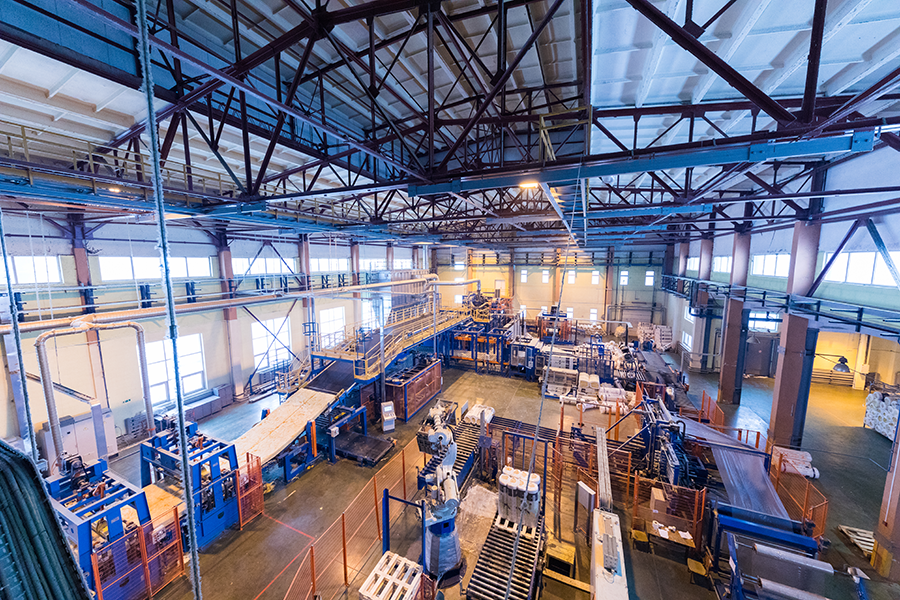Introduction
As resources become scarcer and associated impacts rise, the linear pattern of ‘take, make and dispose’ in industry and society calls for a change. In this context, circular economy (CE) has gained significant attention among global stakeholders including manufacturers [1], [2], [3], [4]. The core concept of CE is to improve the circularity of material use (i.e. recycling, remanufacturing, reuse, etc.) through turning materials at the end of their service into resources for others [3], [4]. Nevertheless, this End-of-Life (EoL)-based CE has been criticized recently on its the feasibility of implementation [5], cost competitiveness [6], rebound effect [2], effectiveness [7], etc. Hence, a holistic investigation is highly demanded. Materials are essential for manufacturers to produce various products. Meanwhile, decisions from manufacturers regarding selection and use of materials in their corresponding activities strongly affect the way how the material is processed in its entire life cycle stages (i.e. production, manufacturing, use, and recycling). Over the past decades, manufacturers have developed and promoted various concepts (e.g. efficient manufacturing [8], eco-design [9], etc.) embodied in life cycle engineering (LCE) [10] to manage the corresponding products and materials from a life cycle perspective. Nevertheless, only limited LCE tools have been included to assist the CE. Herein, the Cradle to Cradle design framework proposed by Mcdonough and Mcdonough [4] is a perfect example which aims to design the product in a way that enables the waste in the EoL stage to become a resource for manufacturing of another product at the same or higher level (upcycling). However, from a broader systematic perspective, the contribution of manufacturers in achieving CE has not been well studied and appreciated. Hence, this study aims to reveal the critical role of manufacturers in achieving CE from a life-cycle based framework. Such investigation requires a quantitative description and prediction on how materials are fed, processed, stored, and recycled inside the anthropogenic material cycle (AMC). Among all involved methods [10], the industrial ecology provides two well-established tools to serve this aim, i.e. dynamic material flow analysis (MFA), and stock dynamics. Herein, the dynamic MFA can systematically quantify the inflow, outflow, and loss of a given material in a process or system over some period [11] based on the mass balance principle. Stock dynamics helps to depict the mechanism in end-of-life material flow generation and explore drivers in the growth of material in-use stocks, defined as the sum of material in all included in-use products [12]. Dynamic MFA and stock dynamics have been combined as a powerful tool to predict the future global material stocks and flows in its anthropogenic cycle under different scenarios [12]. Iron and steel (henceforth described as steel) is selected as case study to explore the role of manufacturing in achieving CE. Steel is chosen because (a) it is the world’s most used metal for manufacturing of various products and (b) as a metal it can retain its utility after multiple runs of recycling and is acknowledged as the world most recycled metal [13]. Hence, with abundant studies available [6], [14], [15], this study can provide convincing results on how manufacturing contributes towards achieving CE, rendering the steel case a useful exemplary case for other materials in CE study.
Source
